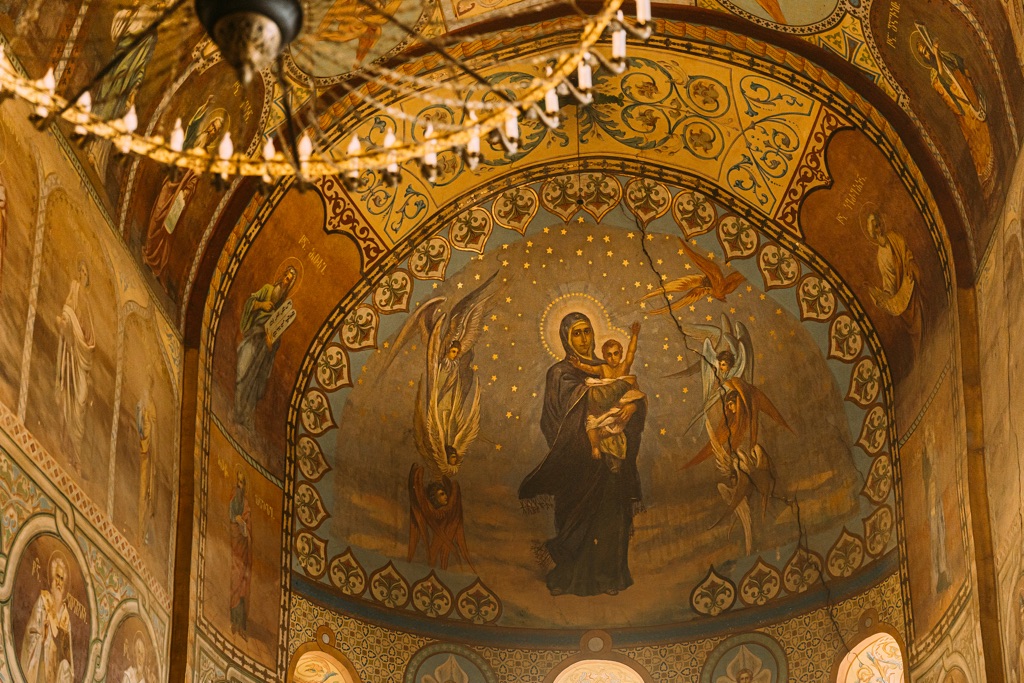The spread of Christianity from a small group of apostles into a global faith is one of history’s most remarkable transformations. From the apostles’ humble beginnings, facing frequent persecution, to establishing a widespread, organized faith, Christianity evolved significantly. This article explores the pivotal moments, the resilience of early believers, and how Christianity’s teachings helped sustain its rapid growth.
The Missionary Beginnings
After Jesus’ resurrection, He commanded His followers to teach all nations, laying the foundation for a missionary-driven faith. The apostles embarked on extensive travels, sharing Christ’s message across the Roman Empire and beyond. They visited various regions, including Greece, Rome, and Turkey, with legends claiming that apostles like Thomas reached as far as India. The early Christian movement relied on individuals spreading the message through word of mouth, underscoring its personal, relational nature.
Persecution and Resilience
The early church grew under intense persecution from Roman authorities. Emperors like Nero scapegoated Christians, blaming them for events like the Great Fire of Rome. This persecution, however, did not stifle the faith; instead, it reinforced the believers’ commitment. Public executions and martyrdoms often had an unintended effect: they spread Christian ideals further as witnesses were moved by the courage of those who sacrificed their lives.
Key Figures and Writings
The development of Christian theology and defense of the faith were shaped by early church fathers like Justin Martyr, Tertullian, and Origen. Justin Martyr’s writings between 150–160 AD emphasized the philosophical and theological defense of Christianity, countering misunderstandings and accusations. These leaders were instrumental in articulating doctrines that helped unify the faith and clarify Christian teachings amid the Roman culture’s diverse religious practices.
Establishing Orthodoxy Through Councils
As Christianity grew, theological disagreements and various heresies began to arise. The Council of Nicaea in 325 AD marked a significant attempt to address these issues, establishing that Jesus was both fully divine and human. Other councils, such as those held in Constantinople and Chalcedon, continued to refine the church’s beliefs, ultimately leading to the Nicene Creed, a foundation of Christian orthodoxy.
The Influence of Roman Infrastructure
Ironically, the very empire that persecuted Christians provided the infrastructure—roads and trade routes—that allowed for faster dissemination of Christian teachings. Roman roads, initially constructed to strengthen military control, became conduits for missionaries, spreading the message to the far corners of the empire. Christianity’s appeal extended even to the so-called barbarian tribes, who were influenced by the witness of early believers.
Shifts in the Church’s Social Influence
With the conversion of Emperor Constantine in 312 AD and the Edict of Milan in 313, Christianity transitioned from a persecuted faith to one tolerated and, eventually, officially supported by the Roman Empire. This shift allowed Christianity to move from the margins of society into a central position, influencing government and culture. The faith’s values began to permeate through Roman society, giving rise to charitable institutions like hospitals and orphanages.
Cultural Spread and Adaptation
Christianity’s growth across diverse cultures resulted in a variety of expressions and interpretations. From Armenia to Russia, Christian teachings adapted to local customs and languages, including early liturgies in Greek, Latin, and Aramaic. Figures like St. Boniface in Germany and the grand prince Vladimir of Russia helped integrate Christianity into Northern and Eastern Europe. This adaptation led to unique denominations, including the Eastern Orthodox and Roman Catholic churches.
Lessons from Early Christianity
The early church’s spread provides valuable insights into resilience, adaptability, and community. Christianity expanded through kindness, charity, and the enduring belief in Christ’s message. Despite the internal and external struggles, it maintained its growth and reached millions within a few centuries.
Conclusion
The journey from a small group of disciples to a global faith, despite intense adversity, is a testament to the power of conviction and community. The early Christian church’s story is an inspiring reminder of the influence faith can have, even against all odds. Its growth reflects not only a historical phenomenon but a lasting legacy of perseverance and hope.

